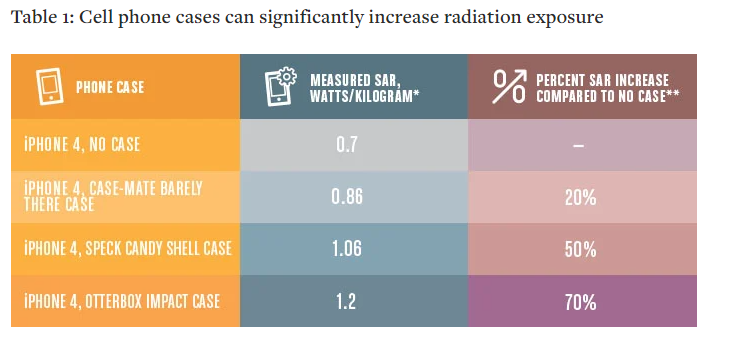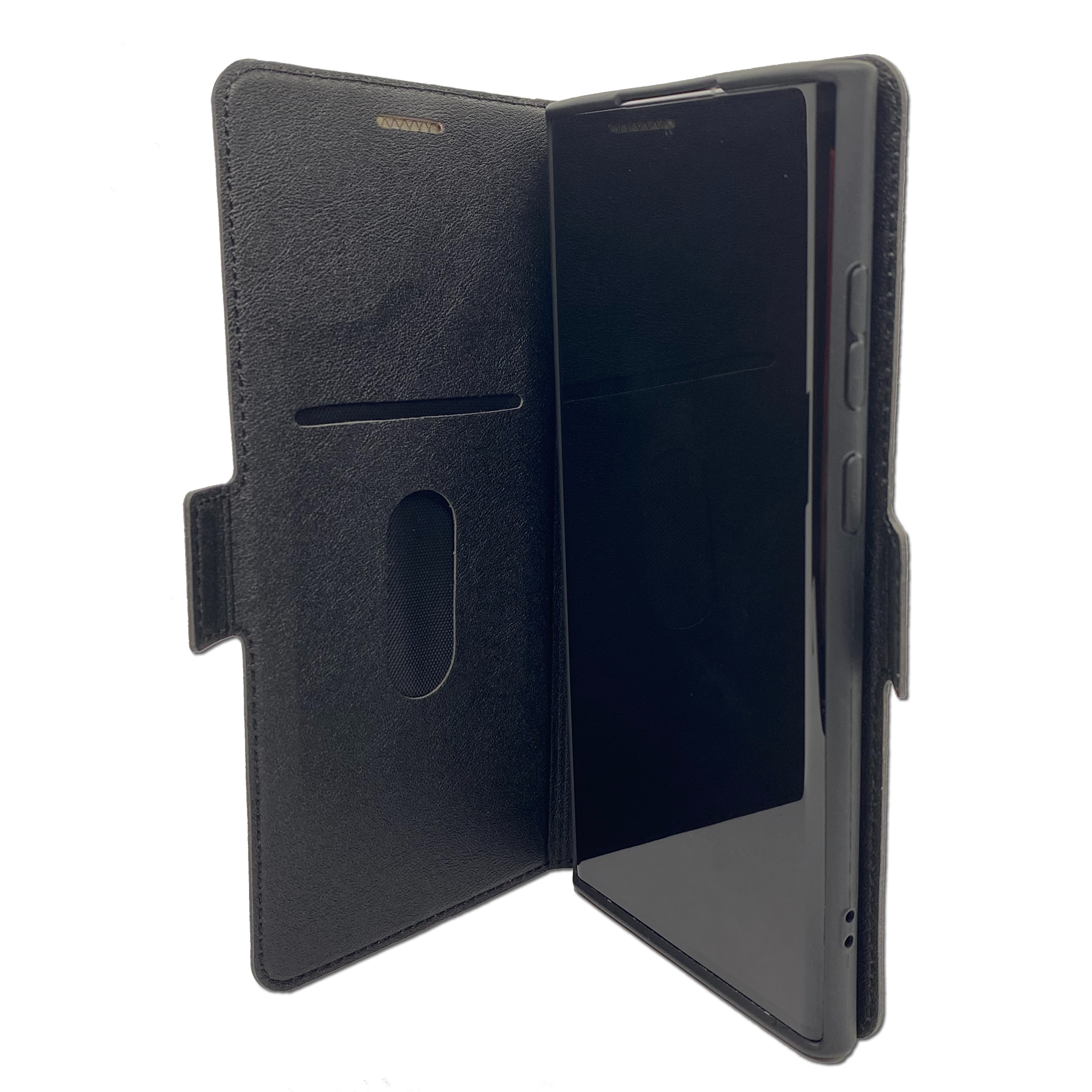Understanding the Impact of High-Impact Military-Grade Protective Cell Phone Cases on Radiation Exposure
In an era where smartphone usage is ubiquitous, concerns about radiation exposure from these devices have prompted many users to turn to protective cases. However, not all cases are created equal. Recent studies and innovations in case design, like the RF Safe QuantaCase, highlight the importance of choosing the right type of case to minimize radiation exposure.
The Problem with Poorly Engineered Cases Many users buy cases hoping to protect their phones, but in some cases, even fake anti-radiation cases can actually increase the user’s exposure to radiation. This can happen when cases obstruct the phone’s antenna, forcing the device to work harder and emit more radiation.
Specific Absorption Rate (SAR) Increase Tests have shown that some cell phone cases can increase the phone’s Specific Absorption Rate (SAR) by up to 70%. SAR measures the rate of RF energy absorption by the body from a cell phone.

does-your-cell-phone-case-raise-your-radiation-exposure
Understanding SAR:
- Definition: SAR stands for Specific Absorption Rate, a measure of the rate at which the body absorbs RF (radiofrequency) energy from a cell phone. It’s expressed in watts per kilogram (W/kg).
- Importance: SAR values are crucial because they indicate the maximum level of radiation that the body can absorb from a phone during use. The lower the SAR, the lesser the radiation exposure.
Impact of Cell Phone Cases on SAR:
- SAR Increase: Research indicates that some cell phone cases can increase a phone’s SAR by up to 70%. This happens when a case interferes with the phone’s antenna and its signal transmission.
- Working Harder to Connect: If a case, particularly one made of dense materials like carbon fiber, obstructs the phone’s antenna, the phone must work harder to transmit signals. This increased effort leads to higher radiation output.
High-Impact Carbon Fiber Cases:
- Material Characteristics: Carbon fiber is known for its strength and durability, often used in high-impact cases designed to protect the phone from physical damage.
- Potential SAR Impact: While these cases are excellent for physical protection, their dense material can inadvertently increase the phone’s SAR. This is because the carbon fiber might interfere with the antenna’s normal function, causing the phone to emit more radiation to maintain a connection.
Balancing Protection and Radiation:
- Informed Choices: When choosing a case, particularly one made from high-impact materials like carbon fiber, consumers should consider not just the physical protection it offers but also its potential impact on SAR and, consequently, on their health.
- Alternative Options: Look for cases specifically designed to minimize radiation exposure, such as those with built-in features to avoid antenna interference or those that incorporate materials that do not increase the phone’s SAR.
- Checking SAR Ratings: Consumers can check the SAR rating of their phone with and without a case (if such information is available) to understand the impact of their case choice on radiation exposure.
Case Design and Material Effects The material, thickness, and overall design of a case can significantly affect radiation exposure. Cases with metallic parts, for example, can alter the phone’s radiation properties.
FCC’s Lack of Action on Case Testing Despite these findings, the Federal Communications Commission (FCC) has not updated its guidelines to include the effects of phone cases, leaving a critical gap in consumer safety.
EWG’s Recommendations and Consumer Tips The Environmental Working Group (EWG) suggests updating FCC testing procedures to include cases and offers tips for reducing exposure, such as using headsets and keeping phones away from the body.
Introducing the RF Safe QuantaCase The QuantaCase is the thinnest anti-radiation case, designed to minimize radiation exposure while maintaining low radiation output from the device. It features:
- No Metal Loops: To avoid interference with the phone’s antenna and unpredictable radiation flux.
- Non-Detachable Design: Prevents increased RF exposure from metal plates and magnets.
- 5G-Ready Shielded Speaker Hole: Offers enhanced protection at higher frequencies.
- Single RFID-Blocking Slot: Optimizes RF shielding alignment for minimal radiation exposure.
- One-Finger Side Latch: Reduces direct contact with radiation-emitting areas.
- Ultra-Thin Design: Ensures optimal signal strength without increasing radiation.
- Built-In Stand: Allows for safe distance viewing during data-intensive tasks.
QuantaCase Usage Guidelines QuantaCase not only shields but also instructs on optimal usage for maximum protection:
- During Calls: Use the shielded front flap to minimize exposure.
- Storing in Your Pocket: Position the shielded flap towards your body.
- Texting: Fold the flap behind the phone for hand protection.
The QuantaCase Advantage QuantaCase’s design is grounded in 25 years of experience, offering practical and effective radiation protection. Its unique features are based on scientific principles and provide a realistic layer of protection, making it more than just a case – it’s a comprehensive safety accessory.
The Importance of Being RF Safe Given the classification of cell phone radiation as a Class 2B Carcinogen by the IARC and various studies indicating health risks, it’s crucial to stay informed and make responsible choices. QuantaCase provides a way to minimize radiation exposure in most wireless scenarios.
Conclusion Choosing the right cell phone case is not just about protecting the device; it’s about safeguarding your health. The RF Safe QuantaCase stands out as a scientifically informed, meticulously designed option for those concerned about radiation exposure. Stay informed, stay protected, and remember: that your health is worth the investment.
